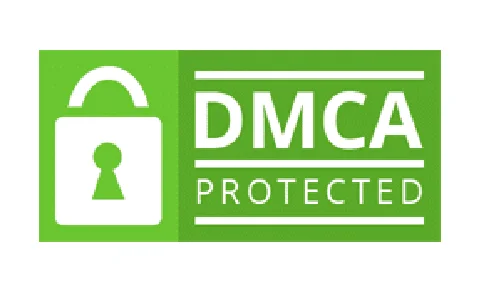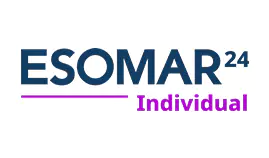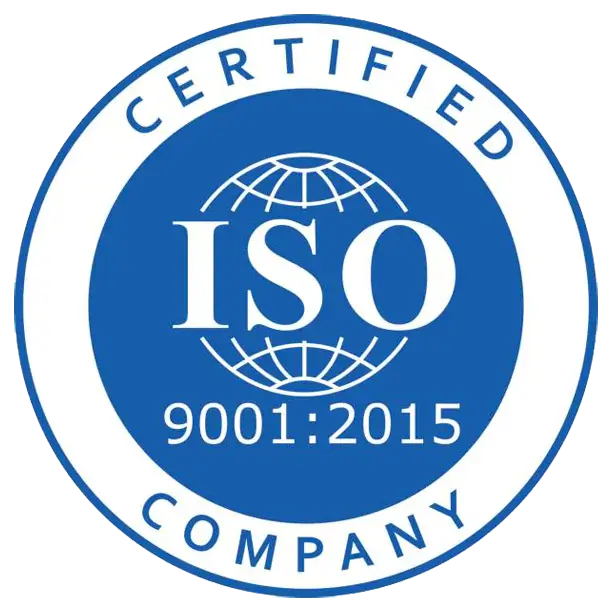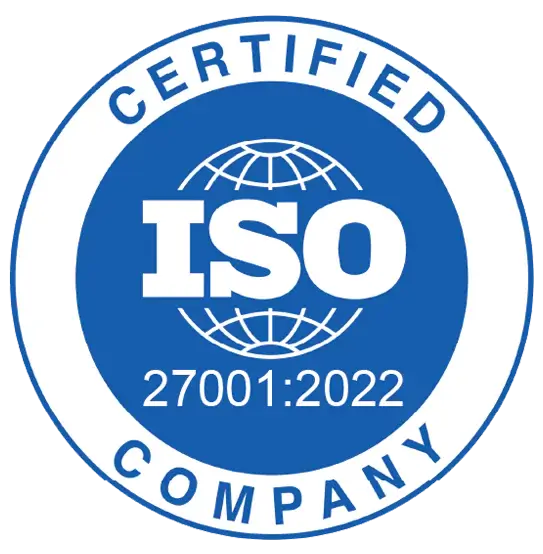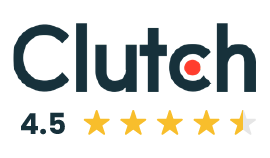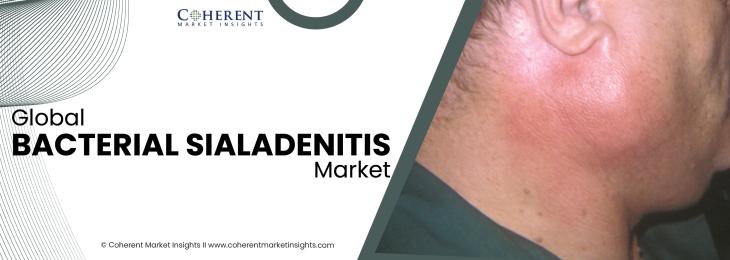
The bacterial sialadenitis market refers to the market for the diagnosis, treatment, and prevention of bacterial infections in the salivary glands. Bacterial sialadenitis is characterized by the inflammation of the salivary glands, usually caused by bacterial infections. The market is expected to witness significant growth in the coming years, driven by various factors. Firstly, the increasing awareness about oral health and the growing prevalence of salivary gland infections are expected to drive the demand for diagnostic and treatment options. Additionally, advancements in technology, such as the development of molecular diagnostic tests, are likely to fuel market growth. The rising geriatric population, who are more prone to salivary gland infections, is also expected to contribute to market expansion.
Moreover, favorable healthcare reimbursement policies and government initiatives to improve oral healthcare infrastructure are anticipated to facilitate market growth. The Bacterial Sialadenitis Market size is estimated to be valued at US$ 1.90 billion in 2023 and is expected to exhibit a CAGR of 5.6% between 2023 and 2030.
Major Players in the Bacterial Sialadenitis Industry:
1) Pfizer Inc.: Pfizer Inc. was founded in 1849 and is headquartered in New York, United States. The company has approximately 88,300 employees worldwide. Pfizer is a leading pharmaceutical company that operates in more than 125 countries. They are known for their innovative medicines and vaccines that address a wide range of health issues. In the market of bacterial sialadenitis, Pfizer offers various antibiotics and anti-inflammatory drugs to fight the infection and reduce pain and swelling.
SWOT Analysis:
Strength: Pfizer has a strong research and development pipeline, allowing them to continually develop new drugs to address emerging health issues.
Weakness: The company faces patent expiration risks, as some of their key drugs have lost or will lose patent protection in the near future.
Opportunity: The increasing prevalence of bacterial sialadenitis presents an opportunity for Pfizer to expand their market share in this specific area.
Threats: The competitive landscape in the pharmaceutical industry is intense, with other key players also offering treatments for bacterial sialadenitis. Additionally, regulatory challenges and pricing pressures could pose threats to Pfizer's profitability in this market.
2) Merck & Co., Inc.: Merck & Co., Inc. was founded in 1891 and is headquartered in New Jersey, United States. The company has around 71,000 employees globally. Merck is a global healthcare company that operates in more than 140 countries. They focus on discovering, developing, and providing innovative medicines, vaccines, and animal health products. In the market of bacterial sialadenitis, Merck offers a range of antibiotics and anti-inflammatory drugs to treat the infection and manage the symptoms.
SWOT Analysis:
Strength: Merck has a strong portfolio of drugs and vaccines, which enables them to meet the diverse needs of patients and healthcare providers.
Weakness: The company heavily relies on a few key products for a significant portion of their revenue, making them vulnerable to patent expiration and competition.
Opportunity: The growing prevalence of bacterial sialadenitis provides an opportunity for Merck to expand their market presence and offer improved treatment options.
Threats: Increasing regulatory scrutiny and pricing pressures in the healthcare industry could impact Merck's profitability. Additionally, competition from other key players in the market poses a threat to their market share.
3) GlaxoSmithKline plc: GlaxoSmithKline (GSK) plc was founded in 2000 and is headquartered in London, United Kingdom. The company has more than 99,000 employees globally. GSK is a science-led global healthcare company that focuses on innovative pharmaceuticals, vaccines, and consumer healthcare products. Their products are available in over 160 countries. In the market of bacterial sialadenitis, GSK offers a range of antibiotics and pain management drugs to treat the infection and alleviate symptoms.
SWOT Analysis:
Strength: GSK has a strong research and development capability, allowing them to continuously develop new drugs and vaccines to address various health conditions.
Weakness: The company has faced challenges related to patent expirations and generic competition, impacting their revenue and market share.
Opportunity: The increasing awareness and prevalence of bacterial sialadenitis present a growth opportunity for GSK to expand their presence in this market.
Threats: The pharmaceutical industry is highly competitive, and GSK faces competition from other key players offering treatments for bacterial sialadenitis. Additionally, pricing pressures and regulatory challenges pose threats to their profitability.
4) Novartis AG: Novartis AG was founded in 1996 and is headquartered in Basel, Switzerland. The company has over 110,000 employees worldwide. Novartis is a global healthcare company that focuses on the discovery, development, manufacturing, and marketing of prescription medicines, generic pharmaceuticals, and eye care devices. Their products are available in more than 155 countries. In the market of bacterial sialadenitis, Novartis offers a range of antibiotics and anti-inflammatory drugs to treat the infection and manage symptoms.
SWOT Analysis:
Strength: Novartis has a diverse portfolio of innovative pharmaceuticals and generics, allowing them to cater to a wide range of therapeutic needs.
Weakness: The company has faced challenges related to patent expirations and generic competition in recent years, impacting their revenue and market share.
Opportunity: The growing prevalence of bacterial sialadenitis provides an opportunity for Novartis to expand their market presence and offer improved treatment options.
Threats: The pharmaceutical industry is highly competitive, and Novartis faces competition from other key players offering treatments for bacterial sialadenitis. Additionally, pricing pressures and regulatory challenges pose threats to their profitability.
5) Sanofi S.A.: Sanofi S.A. was founded in 1973 and is headquartered in Paris, France. The company has around 100,000 employees globally. Sanofi is a global healthcare company that specializes in the research, development, manufacturing, and marketing of pharmaceuticals and vaccines. They operate in more than 170 countries worldwide. In the market of bacterial sialadenitis, Sanofi offers a range of antibiotics and anti-inflammatory drugs to treat the infection and manage symptoms.
SWOT Analysis:
Strength: Sanofi has a strong presence in various therapeutic areas, allowing them to address multiple health conditions and provide comprehensive healthcare solutions.
Weakness: The company has faced challenges related to patent expirations and generic competition, impacting their revenue and market share in recent years.
Opportunity: The increasing prevalence of bacterial sialadenitis presents an opportunity for Sanofi to expand their market presence and offer improved treatment options.
Threats: The competitive landscape in the pharmaceutical industry is intense, and Sanofi faces competition from other key players offering treatments for bacterial sialadenitis. Additionally, pricing pressures and regulatory challenges pose threats to their profitability and market share.
6) Mylan N.V.: Mylan N.V. was founded in 1961 and is headquartered in Hertfordshire, England. With over 35,000 employees, the company specializes in the development, manufacture, and marketing of generic and branded pharmaceuticals. Mylan N.V. operates in more than 165 countries worldwide.
One major key insight of Mylan N.V. in the market for bacterial sialadenitis is its extensive portfolio of generic drugs. With a focus on providing affordable healthcare options, the company offers a wide range of generic antibiotics that can be used in the treatment of bacterial sialadenitis. This allows healthcare providers to have access to cost-effective treatment options for their patients.
SWOT Analysis:
Strength: Mylan N.V. has a strong global presence and a wide distribution network, allowing them to reach a large customer base.
Weakness: The company has faced some regulatory challenges in the past, which could impact its reputation and market position.
Opportunity: The increasing prevalence of bacterial sialadenitis globally presents an opportunity for Mylan N.V. to expand its market share in this area.
Threats: Intense competition from other pharmaceutical companies, including both generic and branded drug manufacturers, can pose a threat to Mylan N.V.'s market position in the treatment of bacterial sialadenitis.
7) Allergan plc: Allergan plc was founded in 1948 and is headquartered in Dublin, Ireland. With over 17,000 employees, the company focuses on the development, manufacturing, and commercialization of branded pharmaceuticals, medical devices, and over-the-counter consumer healthcare products. Allergan plc operates in more than 100 countries globally.
In the market for bacterial sialadenitis, one major key insight of Allergan plc is its expertise in ophthalmic pharmaceuticals. While bacterial sialadenitis is not directly related to ophthalmology, the company's knowledge and experience in this area can contribute to the development of effective treatment options for eye-related complications of the condition.
SWOT Analysis:
Strength: Allergan plc has a strong portfolio of established brands and a wide range of product offerings in various therapeutic areas.
Weakness: The company heavily relies on a few key products for a significant portion of its revenue, which could put them at risk if there are any issues with those products.
Opportunity: The increasing awareness and prevalence of bacterial sialadenitis present an opportunity for Allergan plc to expand its product portfolio in this area.
Threats: Intense competition from other pharmaceutical companies and the possibility of regulatory challenges can pose a threat to Allergan plc's market position in the treatment of bacterial sialadenitis.
8) Johnson & Johnson: Johnson & Johnson was founded in 1886 and is headquartered in New Brunswick, New Jersey. With approximately 135,000 employees, the company operates in more than 60 countries worldwide. Johnson & Johnson is a leading healthcare conglomerate, focusing on consumer health, pharmaceuticals, and medical devices.
One major key insight of Johnson & Johnson in the market for bacterial sialadenitis is its extensive research and development capabilities. The company invests heavily in innovation, allowing them to develop new and effective treatments for various medical conditions, including bacterial sialadenitis.
SWOT Analysis:
Strength: Johnson & Johnson has a diverse portfolio of products across multiple healthcare sectors, providing them with a competitive advantage.
Weakness: The company has faced various legal and reputational issues in the past, which could impact its market position.
Opportunity: The increasing prevalence of bacterial sialadenitis globally presents an opportunity for Johnson & Johnson to expand its market share in this area.
Threats: Intense competition from other pharmaceutical companies and potential pricing pressures can pose a threat to Johnson & Johnson's market position in the treatment of bacterial sialadenitis.
9) Abbott Laboratories: Abbott Laboratories was founded in 1888 and is headquartered in Abbott Park, Illinois. With approximately 103,000 employees, the company operates in more than 160 countries worldwide. Abbott Laboratories focuses on the development, manufacturing, and marketing of a broad range of healthcare products.
One major key insight of Abbott Laboratories in the market for bacterial sialadenitis is its expertise in infectious disease diagnostics. The company offers a wide range of diagnostic tests that can aid in the accurate and timely detection of bacterial infections, including those affecting the salivary glands.
SWOT Analysis:
Strength: Abbott Laboratories has a strong presence in various healthcare sectors, including diagnostics, pharmaceuticals, and medical devices.
Weakness: The company heavily relies on a few key products for a significant portion of its revenue, which could put them at risk if there are any issues with those products.
Opportunity: The increasing prevalence of bacterial sialadenitis globally presents an opportunity for Abbott Laboratories to expand its market share in this area.
Threats: Intense competition from other pharmaceutical companies and potential regulatory challenges can pose a threat to Abbott Laboratories' market position in the treatment of bacterial sialadenitis.
10) Eli Lilly and Company: Eli Lilly and Company was founded in 1876 and is headquartered in Indianapolis, Indiana. With approximately 33,625 employees, the company operates in more than 120 countries worldwide. Eli Lilly and Company focuses on the development, manufacturing, and marketing of pharmaceutical products.
One major key insight of Eli Lilly and Company in the market for bacterial sialadenitis is its expertise in antibiotics. The company has a strong portfolio of antibacterial drugs that can be used in the treatment of bacterial sialadenitis.
SWOT Analysis:
Strength: Eli Lilly and Company has a strong reputation for innovation and a robust pipeline of new drug candidates.
Weakness: The company heavily relies on a few key products for a significant portion of its revenue, which could put them at risk if there are any issues with those products.
Opportunity: The increasing prevalence of bacterial sialadenitis globally presents an opportunity for Eli Lilly and Company to expand its market share in this area.
Threats: Intense competition from other pharmaceutical companies, particularly generic drug manufacturers, can pose a threat to Eli Lilly and Company's market position in the treatment of bacterial sialadenitis.



